
Only three of these predatory characins found their way to Aquarium Glaser. This group of characins form the subfamily Cynopotaminae within the family of real American characins (Characidae). The representatives of this subfamily are relatively large fish, which can reach a total length between 15 and 30 cm in adulthood. Cynopotamus have large mouth openings with strong jaws obtaining long needle sharp teeth. This makes it possible to chase even large fish by having a strong grip on their large and strong prey. Cynopotamus can be found throughout subtropical and tropical South America. They mostly live in clear and white water habitats. These are territorial characins. Unfortunately these fish are not imported regularly to Europe and observations in captivity of these fascinating objects can therefore rarely be made.(Photo: Frank Schäfer, Text: Izaak den Daas)
| Angaben zum Tier | |
|---|---|
| Herkunft | Kolumbien |



































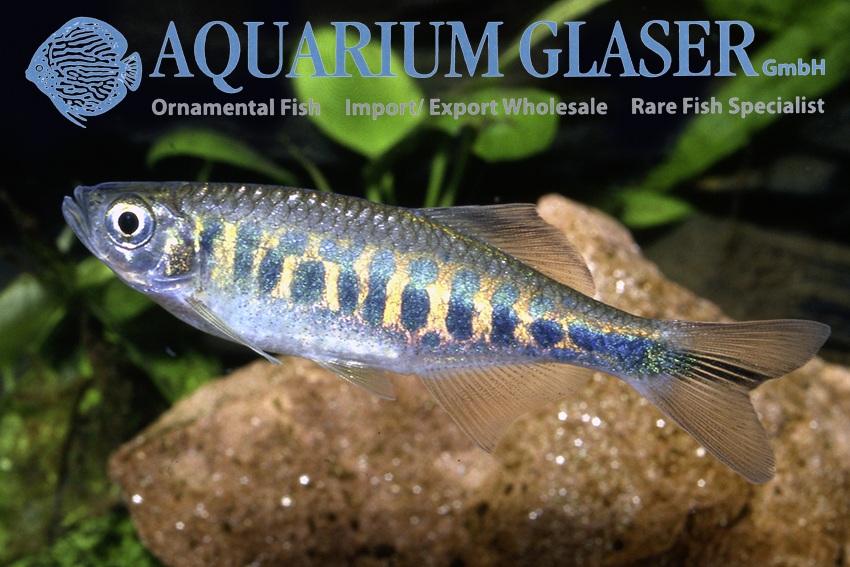



















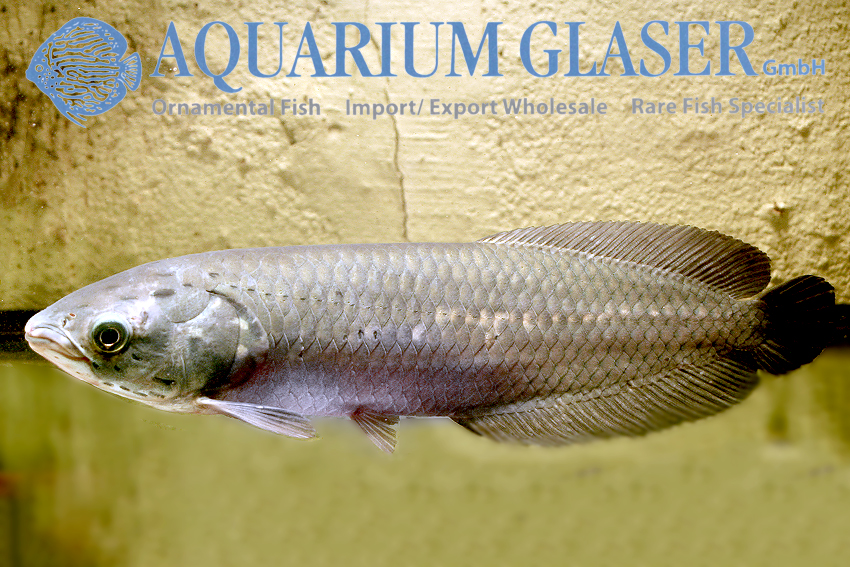
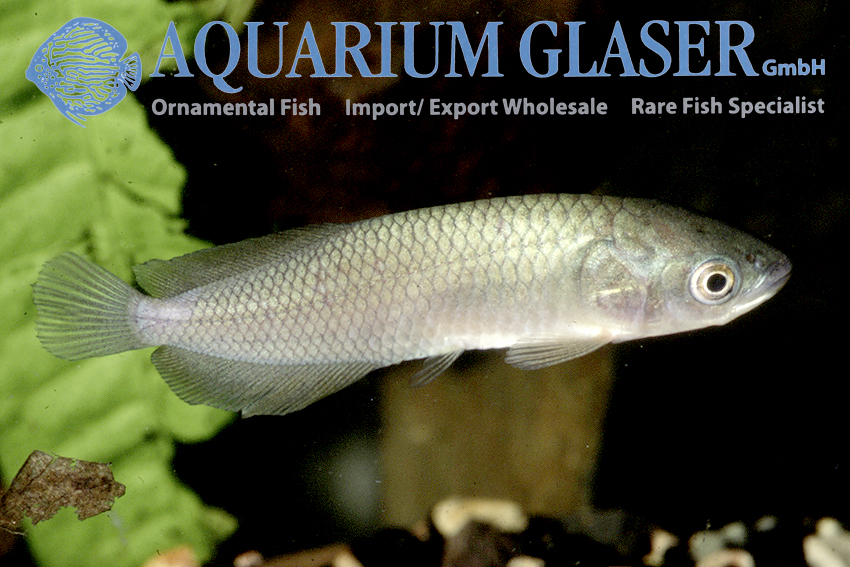
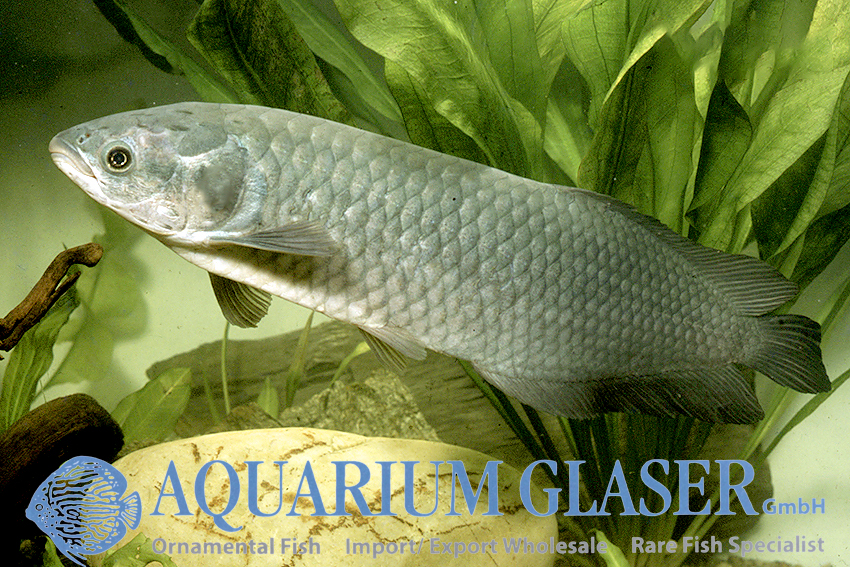
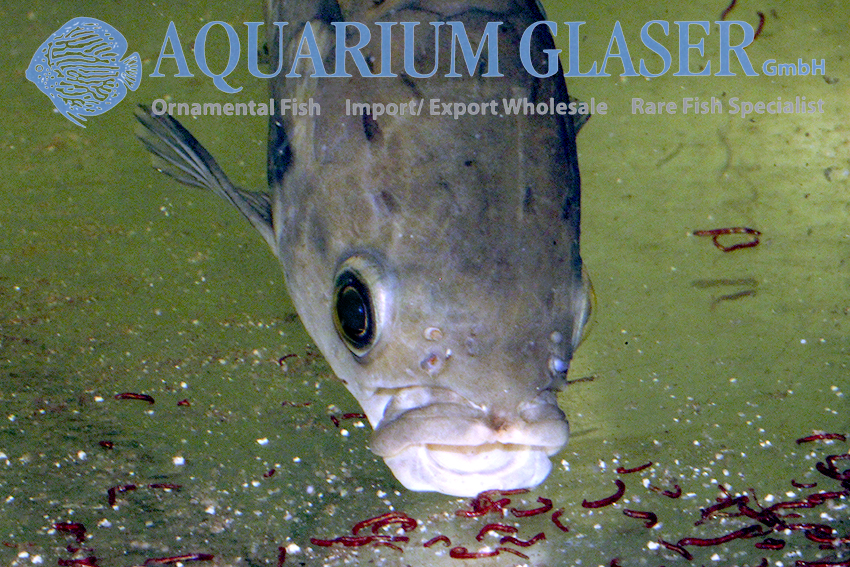
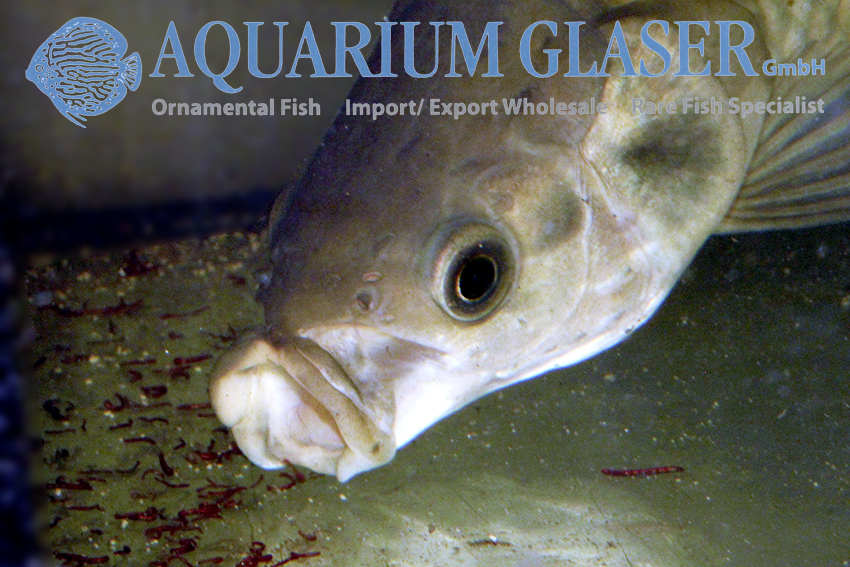




























 In the last years some quite difficult to classify new species of characins arrived from Paraguay. Usually they belong to the genera Creagrutus, Hemibrycon and Piabarchus. As a common characteristic a high swimming activity can be called for all species of this relationship. They need thus tanks, with a large free swimming area. Thus long stretched aquaria are ideal for them. There a strong current can be produced with the help of a centrifugal pump, in which they can organize their “swimming contests”. They like to jump, a complete cover helps to avoid losses. According to their origin they do not like it durably hot, an unheated aquarium is very pleasant and preserve the purse of the owner. They do not place increased requirements on their nutrition, living and frosted food are preferred, but they can also be fed with flake food.(Photo F. Schäfer, Text K. Diehl)
In the last years some quite difficult to classify new species of characins arrived from Paraguay. Usually they belong to the genera Creagrutus, Hemibrycon and Piabarchus. As a common characteristic a high swimming activity can be called for all species of this relationship. They need thus tanks, with a large free swimming area. Thus long stretched aquaria are ideal for them. There a strong current can be produced with the help of a centrifugal pump, in which they can organize their “swimming contests”. They like to jump, a complete cover helps to avoid losses. According to their origin they do not like it durably hot, an unheated aquarium is very pleasant and preserve the purse of the owner. They do not place increased requirements on their nutrition, living and frosted food are preferred, but they can also be fed with flake food.(Photo F. Schäfer, Text K. Diehl)







